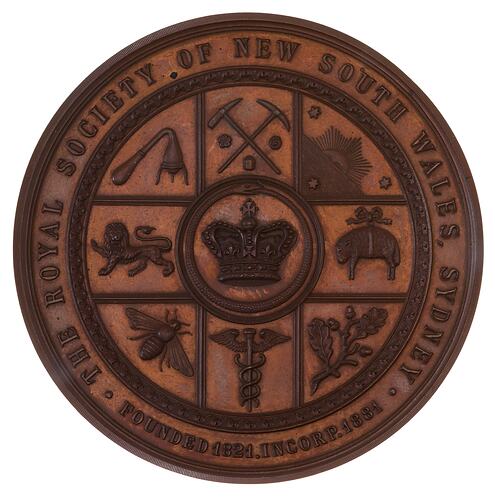The Royal Society of New South Wales is one of the oldest learned societies in the southern hemisphere. Its main focus is the promotion and development of science through meetings, symposia, publications and international scientific exchange. It also hosts a major library and organizes the Clarke Memorial Lecture. It supports the endeavours of organizations dedicated to the development of knowledge. The Society publishes the Journal and Proceedings of the Royal Society of New South Wales, exchanged with 600 institutions in 50 countries worldwide. Membership is open to any person interested in science, art, literature or philosophy.
The Royal Society of New South Wales was established as the Philosophical Society of Australasia on 27 June 1821. It was the first scientific society in the Colony of New South Wales, and was formed "with a view to enquiring into the various branches of physical science of this vast continent [Australia] and its adjacent regions". The Governor-General of NSW (as he was then called) Sir Thomas Brisbane was President. However the Society gradually wound down, and on 19 January 1850 it was renamed the Australian Philosophical Society. The new name gave the Society renewed impetus, and on 12 December 1866, Royal Assent was given by Queen Victoria for the title of The Royal Society of New South Wales. The Society was incorporated by Act of the New South Wales Parliament in 1881.
The rules of the Society provided that the Governor of New South Wales should be ex officio President. The Governor-General became Patron of the Society after the establishment of the Commonwealth of Australia in 1901, and the New South Wales State Governor Vice-Patron. Since 1938 the Society has operated under the joint patronage of the Governor-General and the State Governor.
References:
Royal Society of New South Wales website http://nsw.royalsoc.org.au/.
More Information
-
Keywords
-
Localities
-
Authors
-
Article types
